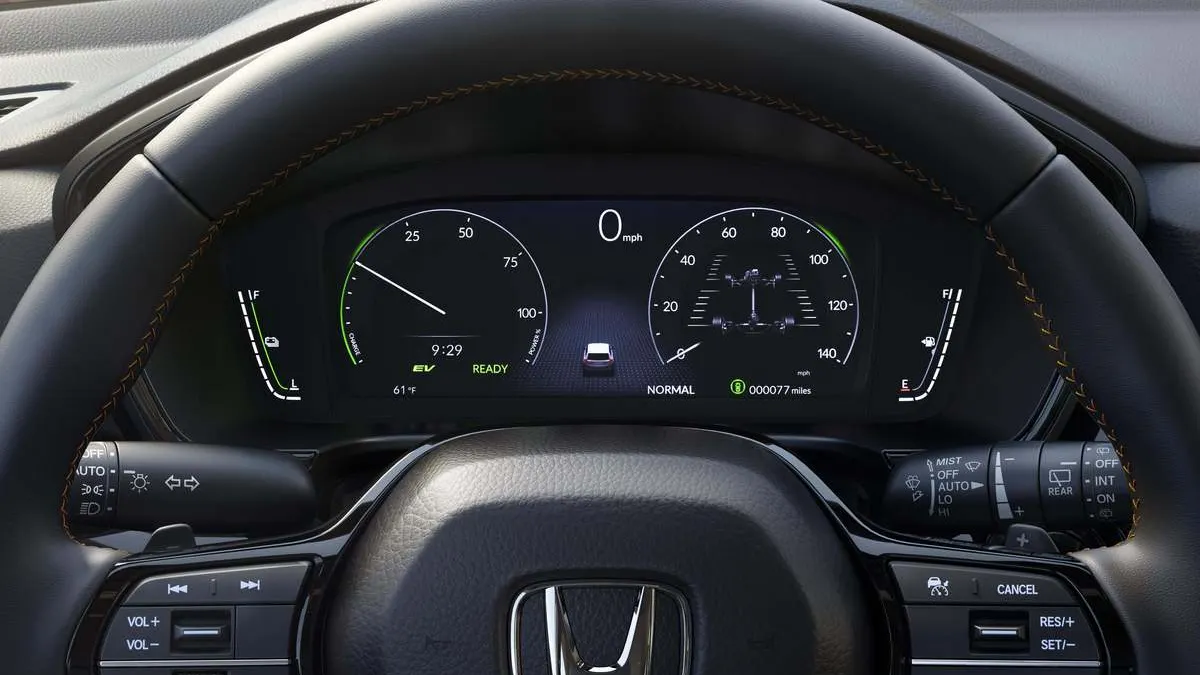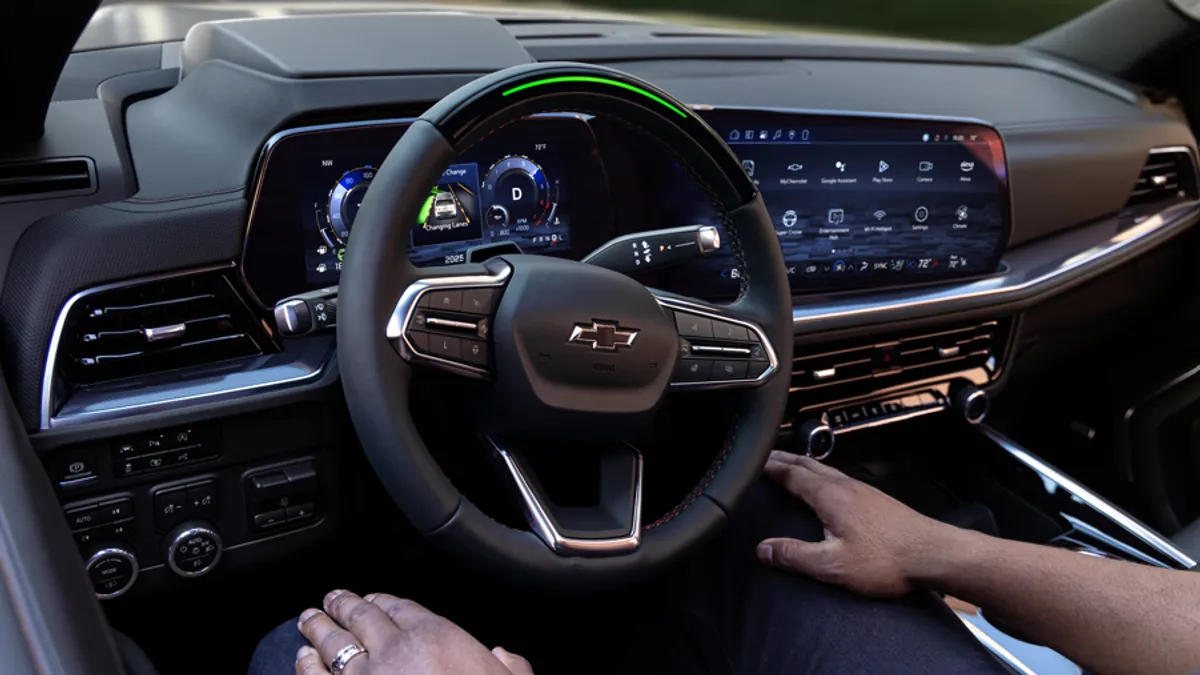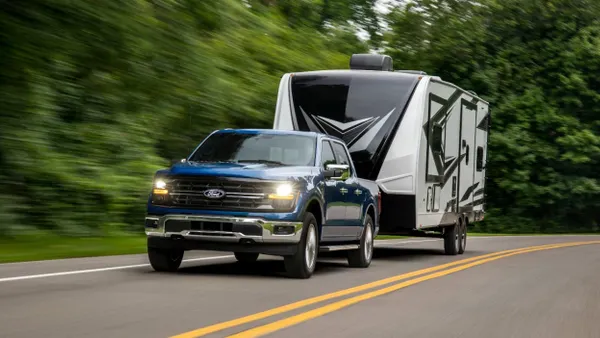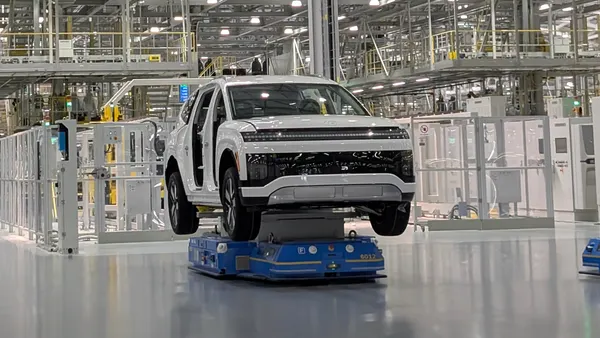Dive Brief:
- Honda Motor Co. announced a multi-year development agreement with California-based autonomous driving software developer Helm.ai for the automaker’s next-generation autonomous driving system, per an Aug. 20 press release.
- The collaboration will focus on the development of new AI-powered advanced driver assist systems, as well as the automaker’s “Navigate on Autopilot” self-driving platform, which it aims to add to future mass-market vehicles.
- “This joint development supports Honda’s goal of realizing safe and affordable automated driving technologies for our global customers,” said Mahito Shikama, VP of Honda’s Software Defined Vehicle Business Supervisory Unit, in the release.
Dive Insight:
As more OEMs pivot towards a software-first approach to building vehicles, the trend includes integrating AI-powered software into their model lineups. As part of the partnership with Helm.ai, Honda will utilize its AI-powered software for the development and validation of autonomous driving technology for both highways and urban environments.
The two companies have collaborated since 2019 via the Honda Xcelerator program, which supports startups seeking to work with Honda on advanced mobility technologies. In December 2021, Honda invested in Helm.ai to further boost its competitiveness in AI and computer vision software.
“Through our collaboration with Helm.ai, we are advancing the development of AI technologies that enhance the real-world applicability of autonomous driving systems, bringing us closer to a future with zero traffic collision fatalities,” said Shikama in the release.
Honda’s Navigate on Autopilot system was initially designed as a SAE Level 2 driver assist system, which requires human supervision at all times. However, the automaker is developing a more robust version with Helm.ai that supports Level 3 automated driving, which can control a vehicle’s steering, braking and acceleration for an entire journey. Honda plans to begin mass production of the system after 2027.
“We look forward to entering the next phase of production development with Honda, as they expand their in-house efforts to deploy cutting edge autonomous driving technologies in mass market vehicles,” said Vladislav Voroninski, CEO and founder of Helm.ai, in the release.
The company’s technology stack includes three core technologies — Hemi.ai Vision, Helm.ai Driver, and four simulation model platforms for training autonomous driving systems in the safety of a computer simulated environment. The foundation models are pre-trained on large-scale, real-world datasets, but can be further refined to meet Honda’s specifications, per the release.
The Helm.ai Vision perception stack identifies a vehicle's surroundings, including other cars, pedestrians, lane markings and road signs. The company announced it in June as a production-grade, scalable perception system for OEMs that supports SAE Level 2+ and Level 3 autonomous driving.
The Helm.ai Driver is a deep neural network-based path prediction model used for decision making and navigation. The computer vision-based system uses cameras and end-to-end AI learning for autonomous driving on highways or urban environments, without the need for high-definition maps or lidar systems, according to the company. It’s similar to Tesla’s computer vision-based Autopilot system that does not rely on lidar or radar.
Honda’s ongoing collaboration with Helm.ai mirrors other recent partnerships between legacy automakers and startups with specialized expertise in software, AI and related fields.
In March, General Motors expanded its partnership with Nvidia to deploy AI in next-generation vehicles. Toyota announced a collaboration with Waymo in May to co-develop an entire autonomous vehicle platform and explore ways to integrate Waymo’s technology into future vehicles.
Honda in April opened its new “Honda Software Studio Osaka” in Japan. The studio brings together software teams working on technologies such as automated driving and advanced driver assistance systems.












